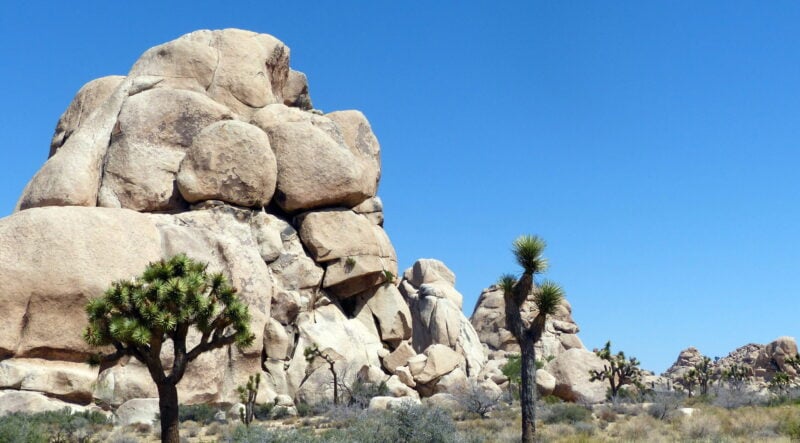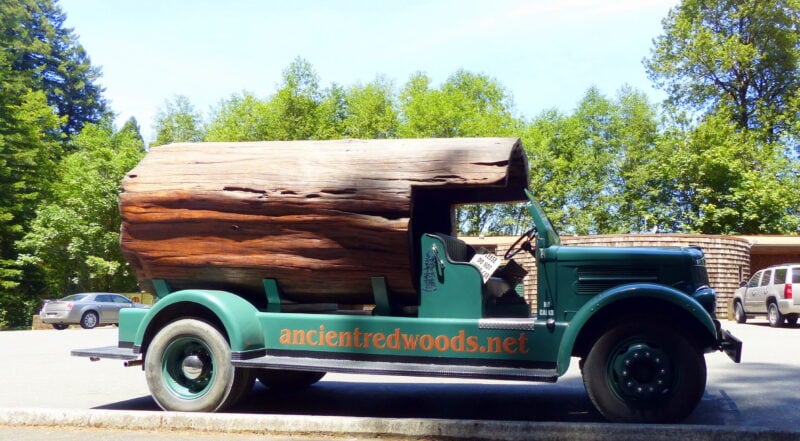My wife and I planned this trip as a retirement celebration and an homage to my father. He gave his five children a love of road trips during the 1950s and 1960s in a 1957 Chevy station wagon, and later in a 1963 Ford station wagon. We named our trip “The Wayne Wagar Memorial Road Trip.”
It was just the two of us in our Honda Fit compact car with no idea how we’d get along for 58 days of travel. Thankfully, we got along well and the car managed to maintain solid mileage and meet all of the challenges on the road, despite the fact that it was loaded down with gear.

The trip was planned out and filled with bucket-list places we’d never visited—plus, destinations we’d previously visited but wanted to see again. We also added stops to visit with friends along the way and then linked all of our destinations together by researching scenic byways and secondary roads. I used trip planning apps like Roadtrippers and Atlas Obscura to add roadside attractions along or near our route.
With our route mapped out, we began to break it up into day-by-day portions that were drivable and provided us enough time to see the things we wanted to see. I determined a departure date, contacted friends, and booked hotel reservations to finalize our planning.
Easy going and under budget
Fortunately for us, we completed this trip prior to the COVID-19 pandemic. The most unexpected events to happen were a hotel change in Santa Barbara, California, and a brief bout of diverticulitis that called for a medical clinic visit and antibiotics. Other than a few uncomfortable days for me, we were able to stay on schedule.

More than half of our trip was traveled on “blue highways,” or secondary roads, with 15,266 miles driven in total. We were even under budget on fuel, on budget for meals and lodging, and we arrived home with a little bit remaining from our extra cash for incidentals—meaning we were able to complete our 58-day road trip for less than we expected.
Our average driving distance was 318 miles with the longest day being 726 miles and the shortest 112 miles. California was our most traveled state with more than 1,900 miles accounted for. We also had 10 days with no mileage while we were visiting friends throughout the U.S.
Highlights by the numbers
We traveled through 25 states, including one Canadian province, and checked off 47 designated Scenic Byways, 22 lighthouses, 30 waterfalls, 15 national wildlife reserves, 33 state or provincial parks, and 15 national parks, monuments, or conservation areas.



While it’s difficult to separate all of the highlights from 58 days on the road, a few include Big Bend National Park, Joshua Tree National Park, the San Diego Zoo, the Pacific Coast Highway; Crater Lake National Park, the Oregon Coast, Olympic National Park, Grand Teton National Park, Niagara Falls, and Savannah, Georgia.
In some ways, our favorite places were less well-known spots like Anza-Borrego State Park in California; Palouse Falls State Park in Washington; Columbia River Gorge in Oregon; Marfa, Texas; Terlingua, Texas; the Gage Hotel in Marathon, Texas; Hillsboro, New Mexico; and Northern Idaho.



Other places we enjoyed include Tonto Natural Bridge State Park in Arizona; Sedona, Arizona; The Alamo in Texas; Mission San Juan Capistrano in California; the Santa Monica Pier; Sequoia National Park; Redwood National Park; Mount Hood; Mount Saint Helens; Mount Rainier National Park; Jamestown S’Klallam Tribe totem poles in Washington; the World Center for Birds of Prey in Idaho; Hells Canyon, and Mackinac Island, Michigan.
If I were to do this trip over again, I wouldn’t change a thing except for being ill for those few days.






